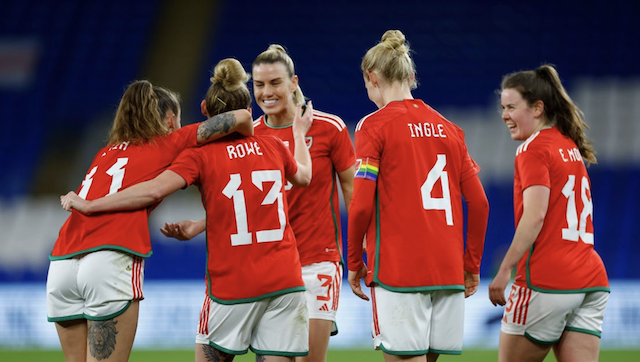
The effects of the menstrual cycle on both training and match day physical performance using subjective and objective measures
Lisa Edwards
Introduction
The interest in female football over the last 10 years has increased (Tremback-Ball et
al, 2021) this has led to an increase in the amount of research into the female game. Tremback-Ball et al, (2021) suggests that injuries that are related to training and games have increased holistically as the number of women that participate in sport increases, in turn women are more likely to suffer from ligament injuries compared to a male athlete in the same sport (Zuckerman et al, 2018; Baugh et al, 2018 and Stijak et al, 2015).
An emerging topic in contemporary research is the effect of the menstrual cycle on physical performance in women (Meignie et al, 2021). Oestrogen has been found to have an anabolic effect on the skeletal muscle and is responsible for the changes in glycogen stores and the utilisation of fats (Julian et al, 2017). Progesterone has thought to be an anti-oestrogen effect suggesting that the changes in these hormones during the different phases would influence player performance with performance being defined as short duration activities such as speed and power (Carmichael et al, 2021). McNulty et al, (2020) states that using performance markers such as the work done, time to complete, peak output and ratios and the amount of force generated, concluded with the fluctuation in these hormones lead to a decrease in muscular performance, submaximal and maximal intense exercise in the early follicular phase of the cycle. They found that performance was consistent through the other phases.



